Two typical publications of the period after 1964 |
At this time, Phan Boi Chau was forced by the French colonialists to "settle down" in Hue. Phan's "Ben Ngu House" became a gathering place for young people and intellectuals with patriotic tendencies. In 1926, Phan Boi Chau submitted a request to publish a newspaper, but the Protectorate government "advised" him to withdraw the request. On October 8, 1926, after being elected as the President of the Central Vietnam House of Representatives, Huynh Thuc Khang discussed with Phan Boi Chau the request to publish the Voice of the People Newspaper. The French Governor-General's Office agreed on the condition that strict control be exercised. With a permit, Dao Duy Anh, the Editorial Secretary, went to Saigon for 4 months to learn about the work of journalism; Huynh Thuc Khang, Nguyen Xuong Thai, and Dao Duy Anh personally went to Hanoi to buy printing machines.
On August 10, 1927, Tieng Dan Newspaper published its first issue, becoming the first large-scale newspaper written in Vietnamese in Hue and Central Vietnam, continuously published for nearly 16 years, with 1,766 issues. Tieng Dan gathered a number of intellectuals with a nationalistic and progressive spirit, collaborating with two patriots Phan Boi Chau and Huynh Thuc Khang; there was an erudite editor with socialist ideology Dao Duy Anh; there were people who secretly operated in the Tan Viet Revolutionary Party, who later became famous Communists, such as Vo Nguyen Giap, Nguyen Chi Dieu, and Hai Trieu.
Born in the context of the colonial regime still reigning, the court was corrupt and powerless, in order to maintain a legal opposition right in the capital, to speak for the people, Tiếng Dân chose to express its own opinions, not calling for the overthrow of the regime, not openly supporting anti-colonial activities, but frankly raising the issue of Vietnam - France relations, openly demanding "changes in the political system to suit the times and the aspirations of the people", demanding political reform, rejecting tax increases, demanding the expansion of education, agriculture, denouncing the reality of oppression, demanding freedom of the press... leaving a unique bright spot of the trend of open, reserved revolutionary journalism in the early days in Hue.
Although it existed for a long time, Tiếng Dân did not make much progress in terms of content and form, and the newspaper could not keep up with the changing situation. In 1933, Phan Khoi criticized Tiếng Dân as “conservative”, and Hải Triều also said that “History has gone through a different phase… (Tiếng Dân) is no longer relevant”. The new phase became even clearer when on January 1, 1935, the French Governor-General signed a decree abolishing press censorship. From June 1936, the Popular Front took power in France, and the Indochinese Communist Party campaigned to establish the Indochinese Democratic Front, gathering all classes of people and launching a movement to demand freedom and democracy. Some revolutionary activists who were sentenced to prison and returned to Hue used legally published newspapers as weapons of struggle.
The Central Indochina Communist Party Committee, through Nguyen Xuan Lu, requested to publish the weekly newspaper Nhanh Lua, with Nguyen Xuan Lu as Director and Hai Trieu as Editorial Secretary, with issue 1 published on January 15, 1936. From issue 2, the newspaper launched the campaign “Together with the Central Vietnam press… We are preparing a conference of the entire Central Vietnam press to discuss our requests such as: Freedom of the press, establishment of press unions”. From issue 3, the newspaper called on “Farmers, students and intellectuals” to participate in the demonstration to welcome Godard (Representative of the French Colonial Ministry) to demand “Abolition of poll tax”, “Freedom of the press”, “Freedom to establish unions”.
Along with the demonstration, the Director of Nhanh Lua Newspaper organized a meeting of journalists at the Quang Tri Association to lobby for the Central Press Congress. However, a week before the opening day, after issue 13 on March 19, 1937, Nhanh Lua was closed. At this time, another revolutionary newspaper, Kinh te Tan Van, directed by Pham Ba Nguyen, published issue 1 on April 8, 1937, acting as the spokesperson for the Central Press Congress, publishing the full text of Hai Trieu's speech at the Congress, calling for "Freedom of speech! Freedom of speech", but Kinh te Tan Van only published 4 issues and was banned from operating.
Two revolutionary newspapers were banned during the preparation for the Central Region House of Representatives election. The Indochinese Communist Party Regional Committee negotiated to buy back Phan Khoi's Song Huong Newspaper to gain legal status, and transformed it into Song Huong Tuc Ban, focusing on campaigning for victory for the Democratic Front's candidates in the Central region. However, after 4 months of operation, Song Huong Tuc Ban had its license revoked. The Central Region Party Committee mobilized Councilor Nguyen Dan Que to apply for the weekly Dan; with the title "Agency for the Union of All Progressive Forces in the Region", but in fact it was the mouthpiece of the Central Region Party Committee, directly directed by Phan Dang Luu, to unite democratic forces, fight for tax reform, for democracy and freedom, for the release of political prisoners, for freedom to form associations, and expose the corruption of the colonial regime. After 17 issues, Dan Newspaper was closed again.
Unable to publish a newspaper in Hue, the Central Region Party Committee took advantage of the easier conditions in the South to publish Dan Tien Newspaper, headquartered in Saigon, with Luu Quy Ky as Editorial Secretary, but in fact directed by Phan Dang Luu, continuing the struggle trend of Dan Newspaper. The newspaper was prepared in Hue, printed in Saigon and distributed in both Saigon and the Central region. Issue 1 was published on October 27, 1938, the newspaper only published 5 issues and then was closed. Dan Tien Newspaper no longer existed, the group continued to publish Dan Muon Newspaper, also headquartered in Saigon, but after issue 2 on January 25, 1939, the newspaper was banned again.
In 3 years, Hue continuously established 6 public revolutionary newspapers, one was suspended, another was born; when a newspaper was closed, another was bought; when it could not publish a newspaper in Hue, it went to Saigon to publish a newspaper and bring it back to Hue for distribution, demonstrating flexibility and determination to stick to the public battlefield to fight, marking a unique phenomenon of Hue's revolutionary press in the period 1936 - 1939.
The press front was suppressed when World War II broke out, but the end of the war was an opportunity for the August Revolution of 1945 to win. In Hue, as soon as the revolutionary government was established, King Bao Dai had not abdicated, on August 27, 1945, the Central Viet Minh proactively published the Quyet Chien Daily Newspaper, promptly reporting daily developments, encouraging revolutionary spirit in the capital.
With the new opportunity, within just one year, nearly 15 newspapers, gathering a large number of intellectuals, were born one after another: there were all kinds of newspapers: in addition to the Quyet Chien Daily Newspaper, there was also the Quyet Thang Newspaper, a political, literary, social, and economic weekly of the Viet Minh of Central Vietnam, with Le Chuong as Editor-in-Chief; the Dai Chung Weekly of the National Salvation Cultural Federation, with Ton That Duong Ky as Editor-in-Chief; the Chien Si Newspaper of the Provincial National Defense Corps, with Ngo Dien as Editor-in-Chief; the Que Huong Newspaper of the Viet Minh of Thua Thien, with Pham Khac Khoan as Editor-in-Chief; the Economic Newspaper, the economic agency of the Central region, with Doan Trong Tuyen as Editor-in-Chief; the Xa Hoi Moi Newspaper of the Central Region Party Committee, with Nguyen Khoa Boi Lan as Editor-in-Chief; the Anh Sang Newspaper of the Central Marxist Research Association, with Hai Thanh as Editor-in-Chief; the Tay Tho Newspaper of workers, with Huynh Ngoc Hue as Editorial Secretary; the satirical literary magazine Reo, with Do Huu Phu as Editor-in-Chief; the literary argumentative magazine Long Dan, with Thanh Tinh as Editor-in-Chief; Giai Thoat Newspaper of the Central Vietnam Buddhist Association for National Salvation, with Venerable Thich Mat The as Editor-in-Chief; To Quoc Newspaper of the Central Vietnam Catholic Federation for National Salvation, with Nguyen Xuan Duong as Editor-in-Chief; Jeune Vietnam Newspaper written in French... Perhaps nowhere in Vietnam, right after the August Revolution of 1945, did the phenomenon of revolutionary journalism flourish as in Hue!
The resistance war broke out. In the inner city, some intellectuals who supported the resistance tried to operate openly in the press. In 1947, Pham Ba Nguyen applied to publish Cong Ly Newspaper, of which he was the Editor-in-Chief, skillfully praising the resistance war and condemning the colonial regime, but the newspaper only published 8 issues before its license was revoked. In 1948, Tin Tuc Daily Newspaper, with Ho Dac Nghi as Editor-in-Chief and Pham Ba Nguyen as Editor-in-Chief, was born, continuing the trend of Cong Ly Newspaper, but was suspended after a short time.
At the time when the Geneva Agreement was about to be signed, a group of intellectuals associated with the resistance (doctor Than Trong Phuoc, engineer Nguyen Huu Dinh, professors Ton That Duong Ky, Ton That Duong Tiem, writer Vo Dinh Cuong) gathered forces and formed a newspaper, preparing for the campaign to implement the Geneva Agreement. The newspaper was published in the form of a "collection of literature", called Ngay Mai, which was essentially a magazine, with Cao Xuan Lu as its representative.
Tomorrow No. 1 was published on August 14, 1954, focusing on expressing national sentiment. From No. 2 to No. 3, Tomorrow focused on the topics of press freedom, demanding democracy, fighting for the implementation of the Geneva Agreement, and demanding general elections to unify the country. Number 4 of the newspaper was strictly censored. Number 5 was confiscated, its license revoked, Vo Dinh Cuong, Ton That Duong Ky, and Cao Xuan Lu were arrested, then expelled from Hue and assigned to reside in Saigon.
After 21 years of national division, Hue became one of the two vibrant political and cultural centers in the South. In particular, a class of young intellectuals was formed, awakened to the circumstances and reality of the country, and became a force actively participating in political and cultural life; a part of them was the revolutionary base under the direction of the Hue City Party Committee, the core element influencing cultural and press activities.
After the November 1, 1963 coup that overthrew Ngo Dinh Diem, the Saigon government fell into crisis, the US sent troops to South Vietnam and became increasingly bogged down. The presence of the expeditionary force strongly awakened the national spirit. In Hue, there were many rallies, demonstrations, strikes, and strikes by Buddhists, students, intellectuals, etc., leading to the burning of the US Information Office, the burning of the US Consulate, the occupation of Hue Radio Station, secession from the Saigon government, opposition to military schools, opposition to one-man elections, the struggle for national reconciliation and harmony, the demand for US troop withdrawal, anti-corruption, and the demand for the implementation of the Paris Agreement...
Most student, teacher, women, and intellectual organizations coordinated with revolutionary bases in the inner city, under the direction of the Hue City Party Committee, and continuously published public and semi-public newspapers to guide public opinion into the orbit of the patriotic struggle. Most of these newspapers existed for a short time and were then banned by the authorities, or transformed according to the development of the movement, but the main writers were still present in many different newspapers. The type of activist journalism appeared concentrated in three periods of political turmoil: from 1964 - 1968, 1969 - 1972, and 1973 - 1975.
During the period 1964 - 1968, typical newspapers were: Tranh Dau, the mouthpiece of the People's Revolutionary Council; Luc Luc, the voice of the Hue Student and Pupil Struggle Force; Dan, the voice of the Hue Teachers' Struggle Force; Mau Hong of Hue Medical Students; Dat Moi of the Hue Student General Association; Dan Toc of the Hue Youth, Student and Pupil Struggle Leadership Committee; Sinh Vi Hue of the Hue Student General Association; Me Menh of Hue University students; Vi Dan Chong America of the Hue Liberation Student Association; Tranh Thu of the Thua Thien Province Revolutionary People's Force; Viet Nam Viet Nam of the Le Van Hao group; Sinh Vien Quat Khoi of the Thua Thien Buddhist Rescue Committee; Cuu Lap Que Huong of the Le Phuong Thao, Ho Tinh Tinh, Le Phuoc Thuy group; Dinh Trieu and Viet of the Hong Son group and the Viet group...
The period 1969 - 1972 was the time when the patriotic political struggle movement of Hue students and intellectuals broke out again. Typical in this period were the newspapers: Mot Noi Chung of the social arts and literature group; Dat Lanh of the Law University students; Than Huu of Pedagogical Students; Dong Mach of the Hue Student Association Press Bloc; Tieng Goi Sinh Vien of the Hue Student Representative Council; Tu Quyet of the Ngo Kha, Thai Ngoc San, Chu Son, Le Khac Cam group; Noi Tay of the Hue Law University; Front of Peace of the People's Front for Peace; Giu Nu "of poets and writers fighting against the US"; Tieng Goi Viet Nam of the Hue Student Association; Tieng Goi Hoc Sinh of Hue Inter-High School Students; Giu Dat of the patriotic artists and writers group; Phu Nu Hue of the Women's Movement demanding the right to live in Hue; Dat Nuoc Ta of the Hue Student Social Work Group; Truyen Tradition of the Le Ki Ma Female Students group; Hue Students of Hue Student Association...
In the period of 1973-1975, after the Paris Agreement, the movement for independence, peace, reconciliation and national harmony, demanding the implementation of the Paris Agreement in Hue took place vigorously. The revolutionary struggle and advocacy press continued to be born with Dat Moi Newspaper by the Truong Van Hoang and Buu Nam groups; Thai Hoa, by the Vo Dong, Nguyen Xuan Hoa and Buu Nam groups; Van Su Magazine by the Van Su group; Ao Trang by the Ao Trang Female Student Union; Dan Toc by the Nguyen Xuan Hoa, Tran Dai Vinh and Truong Thi Cuc groups; Inter-Faculty Female Students of the Hue University Inter-Faculty Female Student Social Work Group...
It can be said that from 1964 to 1975, with over 40 newspapers published publicly and semi-publicly, it was the peak of the development of revolutionary journalism in Hue city, a unique press phenomenon, appearing in association with the patriotic political struggle movement in Hue city. After nearly half a century, the press with revolutionary tendencies, published publicly in Hue is a unique phenomenon in Hue's press life, clearly demonstrating the strength of a vibrant press center of the country. Here, no matter the circumstances, the creative capacity in the fields of literature, art and journalism is always associated with the process of fighting to protect national independence, protect justice and social justice.
Nguyen Xuan Hoa
Source: https://huengaynay.vn/chinh-tri-xa-hoi/bao-chi-cach-mang-cong-khai-tai-hue-thoi-ky-1925-1975-154730.html


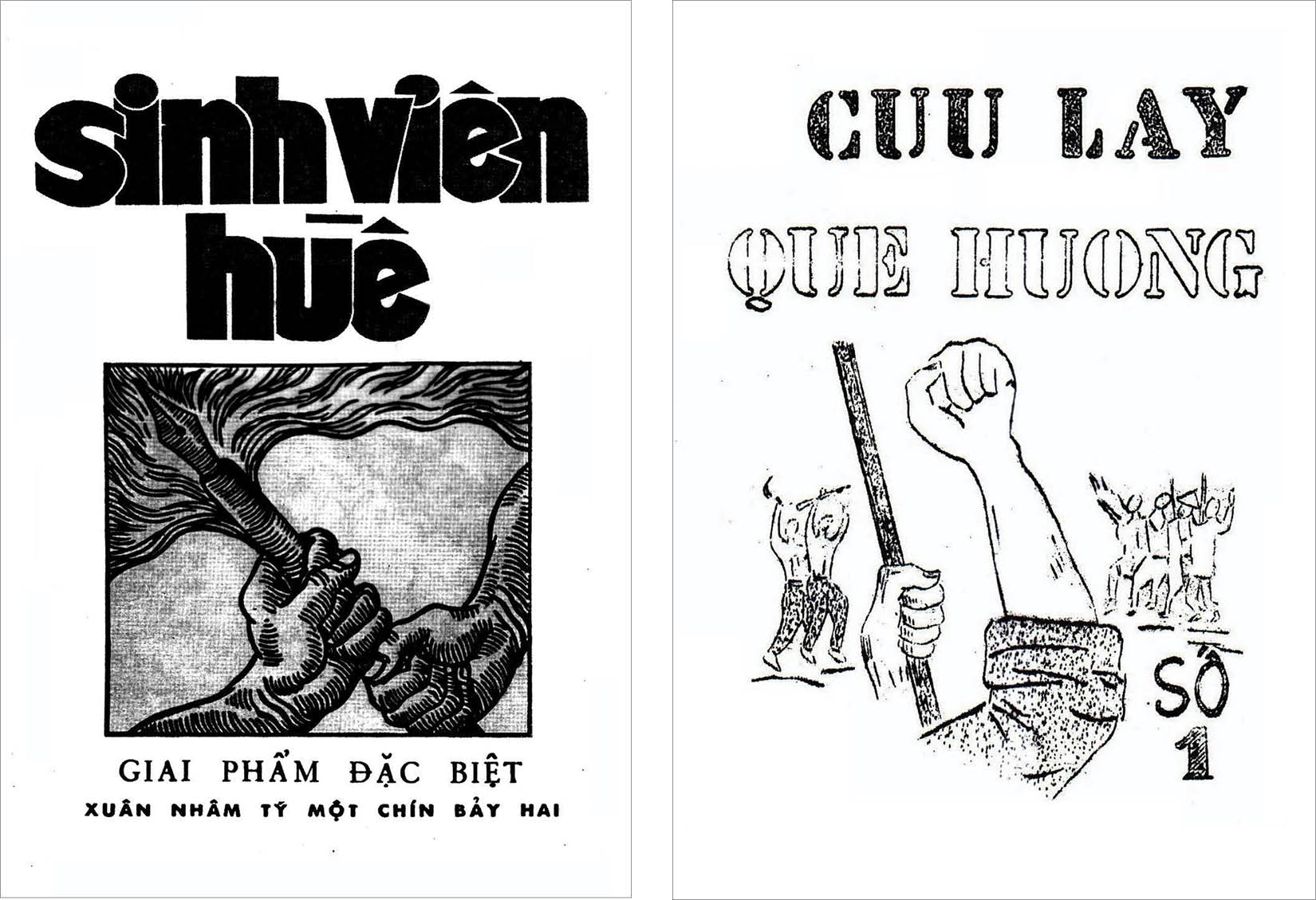
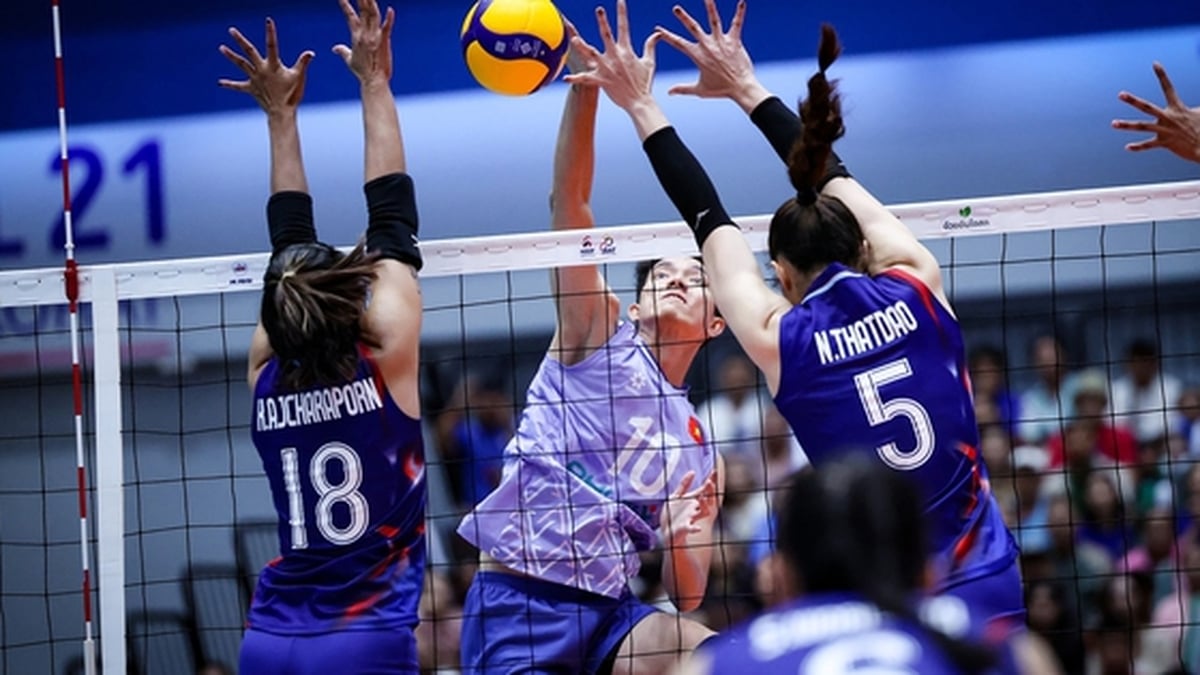

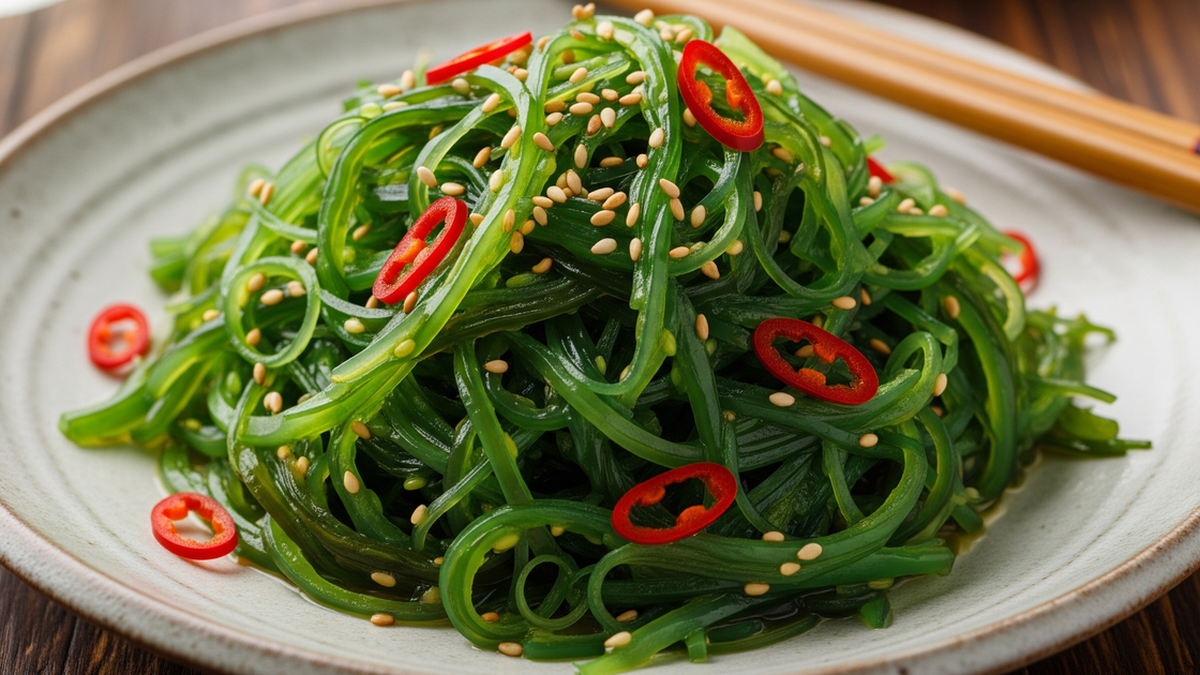
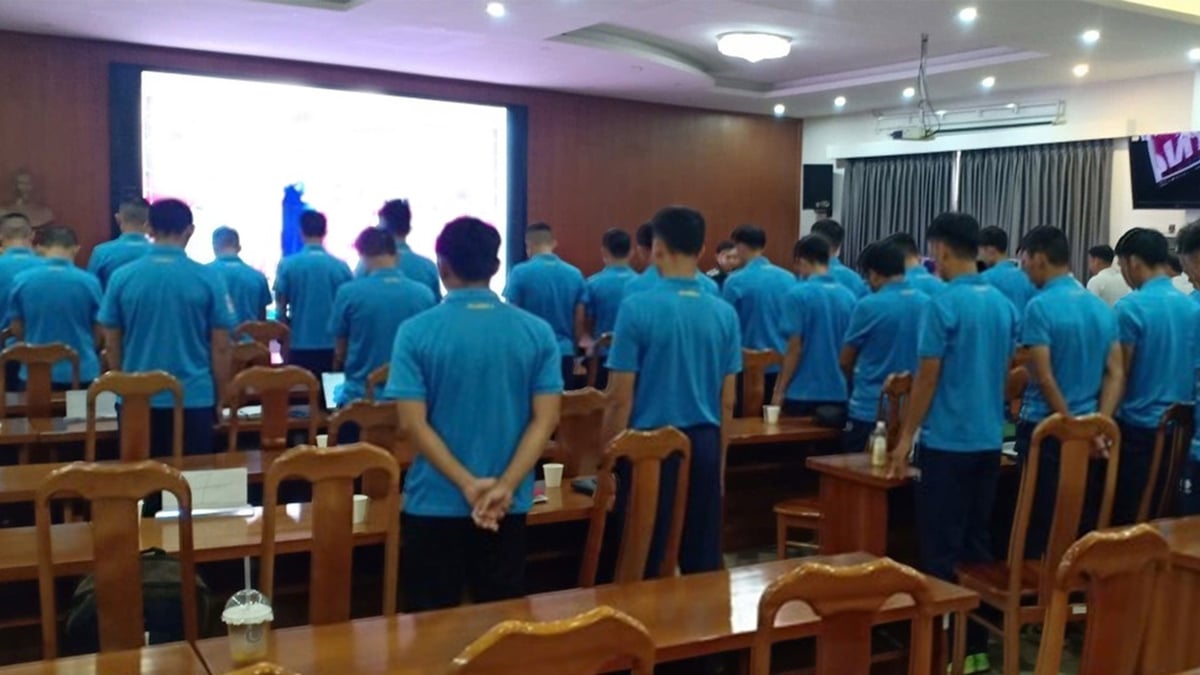





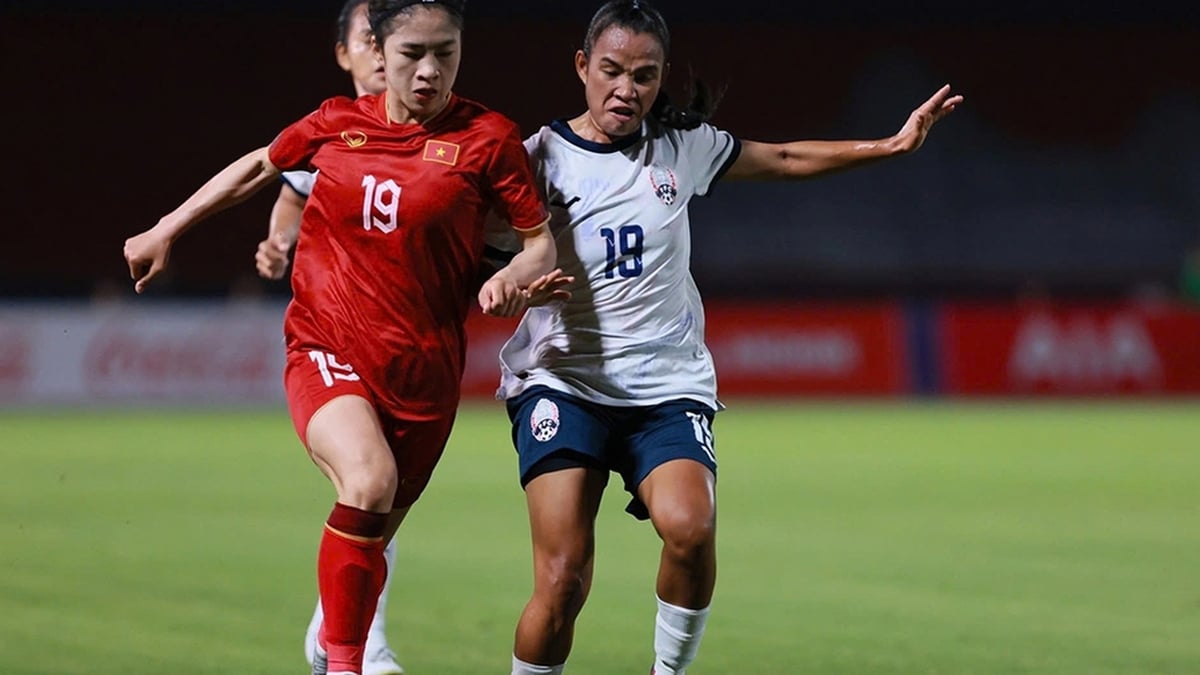











![[Photo] Nghe An: Provincial Road 543D seriously eroded due to floods](https://vphoto.vietnam.vn/thumb/1200x675/vietnam/resource/IMAGE/2025/8/5/5759d3837c26428799f6d929fa274493)












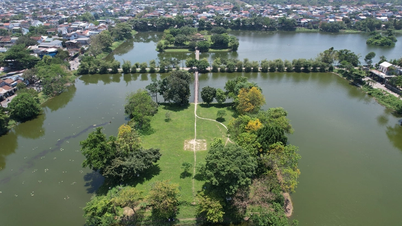
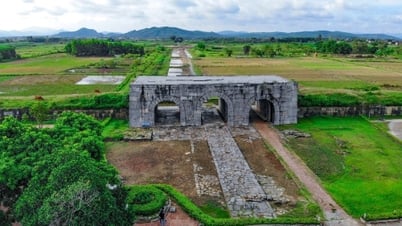

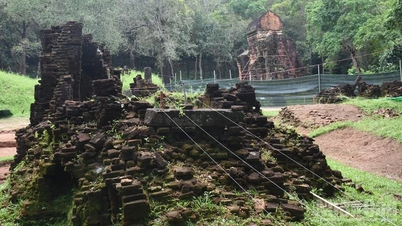










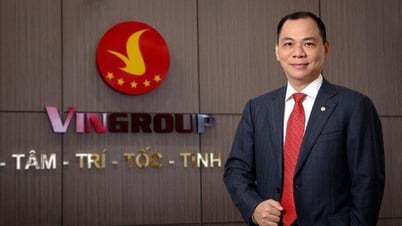



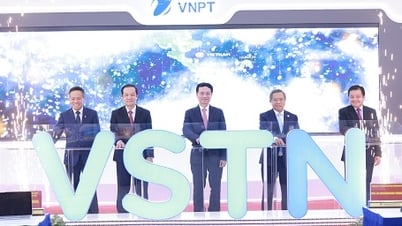

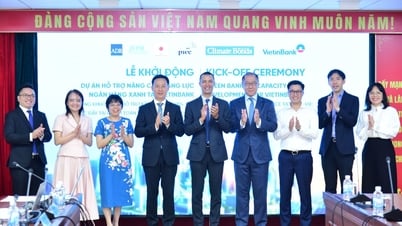
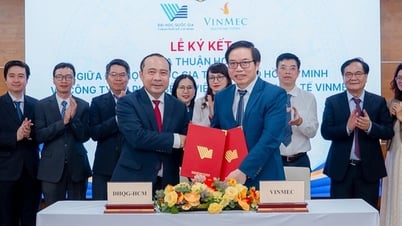

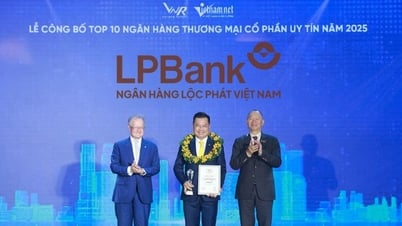
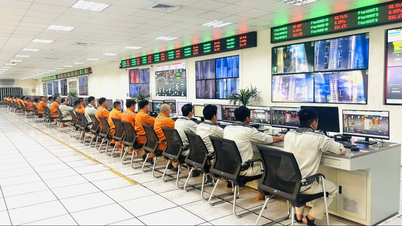
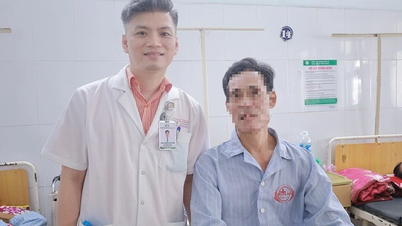
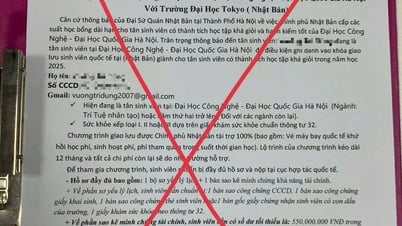
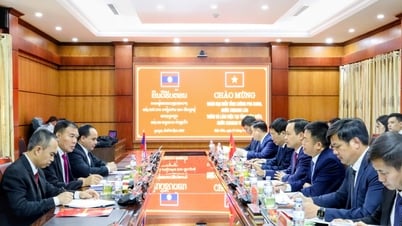

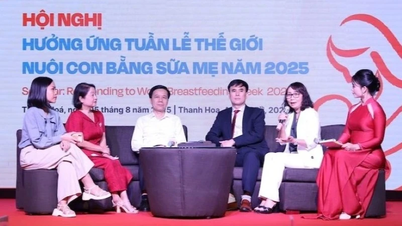



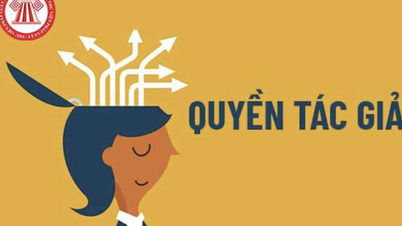

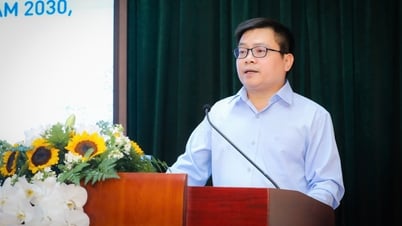

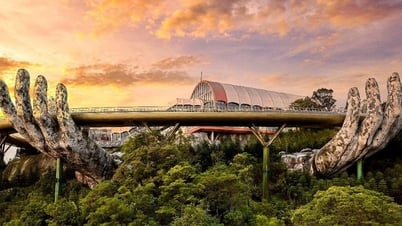
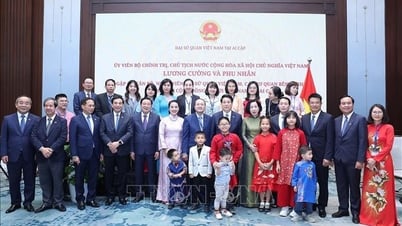

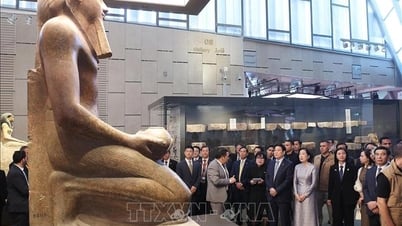
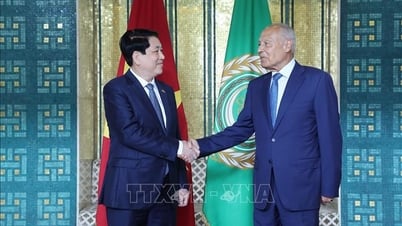

















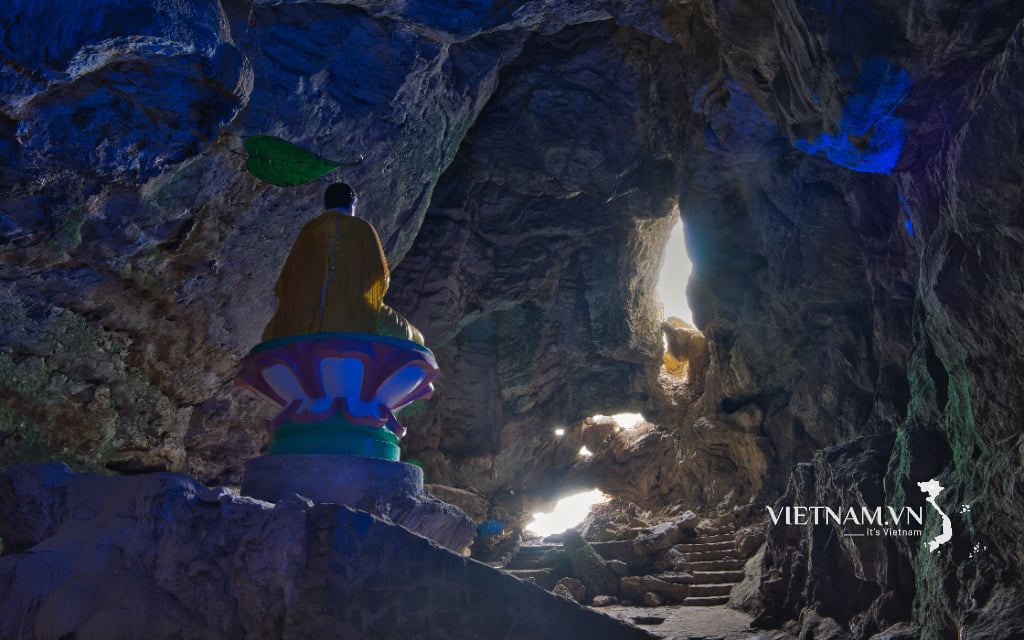



Comment (0)